Voted the Best Place to See by Condé Nast Traveler.

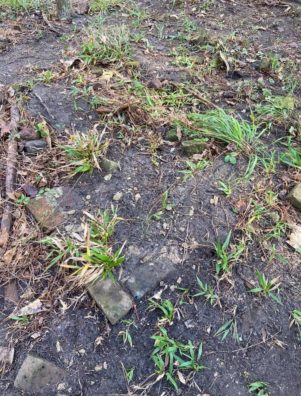
Above: The first uncovered foundation of the possible homes of Drayton Hall’s enslaved in the current archaeological project on the site.
“Where did the enslaved people live at Drayton Hall?” This haunting question is one of the most frequently asked by visitors to Drayton Hall, and an inquiry requiring years of research and resources to accurately answer. Recent scholarship indicates that some of the enslaved lived in the cellar of the main house, those individuals whose tasks were integral to Drayton Hall, such as Dumplin, one of the enslaved cooks, George, the butler, and Affy, a likely nanny to the Drayton children. Beyond those named people, we do not know where the larger enslaved community was located on the property.
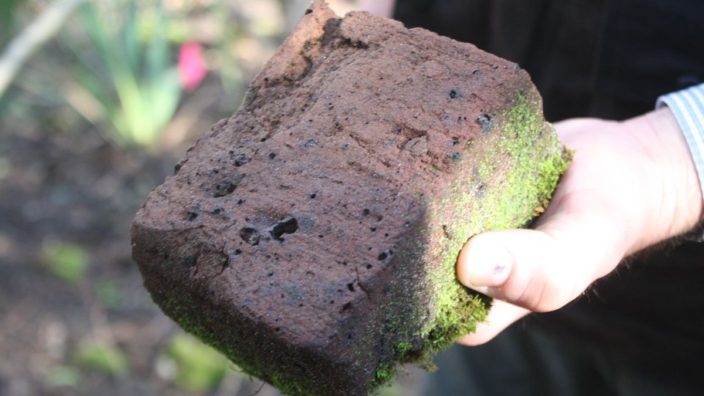
Carter C. Hudgins, archaeologist, holds a brick discovered at the likely 18th century site of Drayton Hall’s enslaved community. Iron inclusion which causes darker areas in the brick indicate these bricks were not made at Drayton Hall but may have come from the Wando area of Mount Pleasant, SC. Possibly Brickyard.
Committed to the endeavor of bringing life to the enslaved and their important histories, Drayton Hall Preservation Trust’s ongoing initiative to identify and investigate the archaeological evidence of those held in bondage at Drayton Hall.
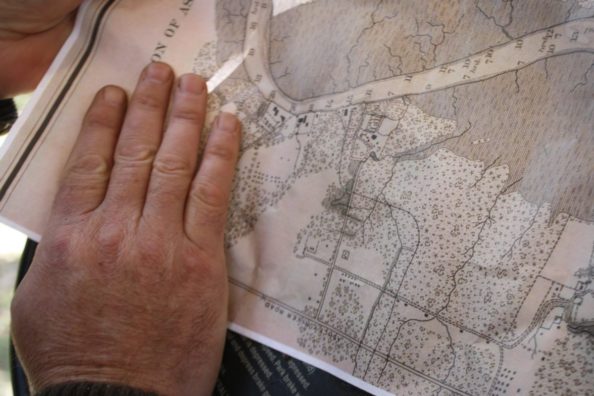
A Drayton Hall volunteer reviews a copy of cartographic evidence of the location of the buildings during the clearing of the sites.
Research of 18th and 19th-century written and cartographic materials suggests that Drayton Hall’s enslaved community was located in an area near the historic African American Cemetery. With this knowledge in hand, our incredible staff, loyal volunteers, and dedicated trustees began gathering on “workdays” in January to remove a thick web of vegetation ahead of an archaeological survey. Armed with hand tools, and supplemented by chainsaws, the team removed the dense underbrush left to grow following Hurricane Hugo in 1989.
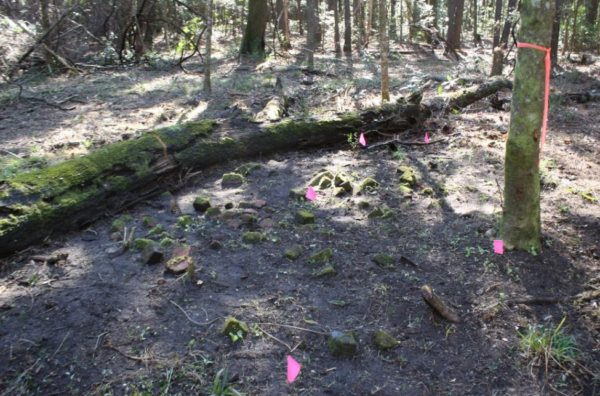
The uncovered remains of a likely 19th century foundation at Drayton Hall.
What has emerged is nothing short of astounding. To date, the likely remains of eleven buildings have been located along with trash pits, roads, wells. Further archaeological survey work and excavations will proceed under the guidance of the Drayton Hall archaeological staff.
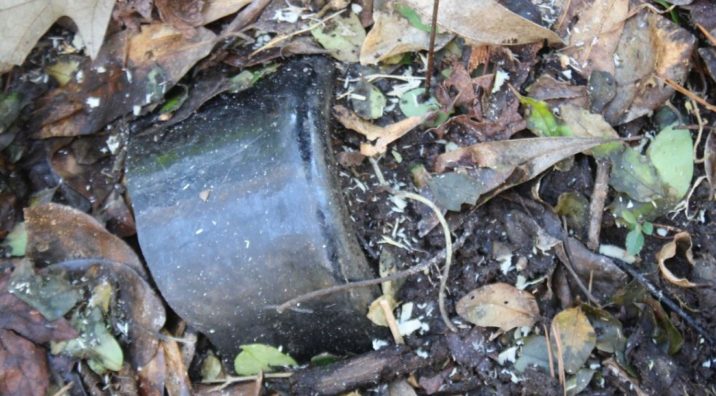
An artifact uncovered in a site clearing at a possible 18th century home site at Drayton Hall.
These moving discoveries would not be possible without the support of the Friends of Drayton Hall. Many Friends have volunteered, and many more have pledged support for this important multi-year initiative. If you are interested in volunteering at Drayton Hall or learning more about philanthropic opportunities regarding this archaeology initiative please email us at info@draytonhall.org.
We will continue to keep you posted through our publications and posts on the progress of this important project.
– Carter C. Hudgins Ph. D. , President and CEO, Drayton Hall Preservation Trust